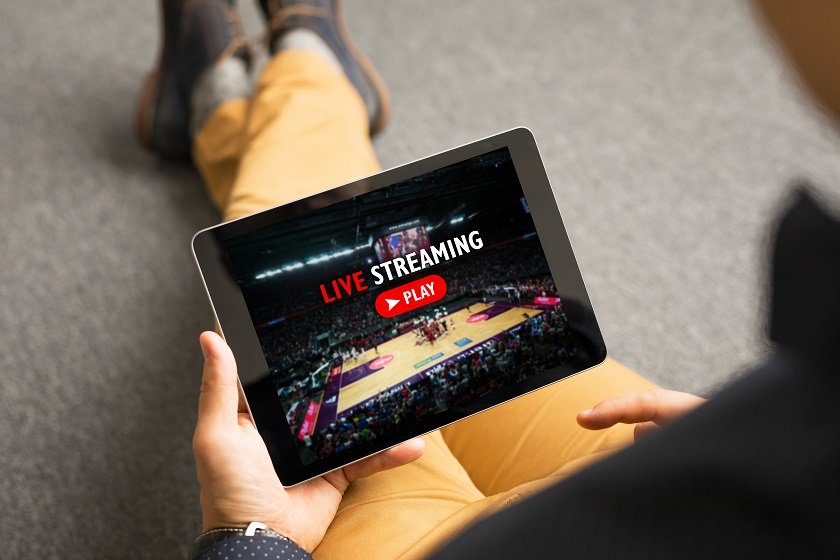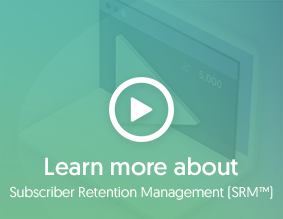Pay-per-view, as a revenue model, was one of the first pay TV’s premium services. With the burst of new technologies for delivering video, the model evolved and nowadays it is associated more to the web, then to pay TV. Does live pay-per-view still have a future and which directions will it take?
PPV has a very important role for consumers and broadcasters despite the addition of other new premium options. Cleeng, as a PPV specialist, has tons of know-how and insights on how this model evolves. Our past experience and detected patterns just re-affirm that pay-per-view remains a big market for broadcasters, and the PPV focus is a no-brainer.
Is PPV future online?
As an additional service to the pay TV packages, PPV is a great supplement to on-demand video.
For movies, some users continue to use PPV out of habit, even though broadband connections to the satellite operator’s set-top box and video-on-demand (VOD) provide greater selection and functionality. According to Brett Sappington, senior director of research at FierceCable, there are cases where some consumers (particularly older consumers), prefer to use PPV by calling to order access to an event, though more convenient ways of ordering are available. For homes without fixed broadband connections or with limited connectivity, PPV is still a critical option for accessing movie content, including data-intensive formats such as HD, 3D, or 4K/Ultra HD.
For sports content, the pattern is quite different. Sports organizations (federations, leagues and clubs) are pretty enthusiastic about going direct-to-consumer and do self distribution via over-the-top. Many organizations like the WWE, WFTDA, NBL and IMG transitioned its business (or part of it) online and introduced their own OTT services. Live sporting events always attracted the biggest attention from fans and enriching the full viewers experience is the main focus point for major broadcasters.
Over-the-top sports seem like the most flexible way to do it. One big incentive for this step is setting up a stable stream of revenue throughout the year and making the company less reliant on pay-TV PPV to drive revenues.
The biggest problem that pay TV suppliers face nowadays is the increasing total costs of its services. The average pay TV subscriber paid $73.63 for cable or satellite back in 2011 and now are facing a much saltier bill: $103.10, according to the Leichtman Research’s annual study.
How about combat sports and PPV?
Combat sports, and boxing in particular, were always relying on PPV as their major revenue channel. Boxing pay per view broadcasts have always been part of the sport and the fighting business, people really love gathering with their pals on a Saturday night chipping in for a pay per view. Issues arise where saturation comes in. Flooding the market with too many pay per view event takes away from the appeal of the big fights.
Biggest players, or organizations with millions of engaged fans, will always have pay-per-view in their plans since it guarantees revenues. And that's because of their freedom to reach the audiences directly.
The most successful broadcasters of live events are the ones that:
- Raise interest and deliver top-notch content: The goal is to tease the fans so they talk about it weeks and months ahead of the fight. Using network television and all other traditional communication channels. while directing them at the PPV site where the revenue is made, is something that the successful ones manage to do.
- Take care for the full fan experience: At end of the day, the goal is to deliver all the what the fan would expect from a premium video package. Pre-game interviews, behind the scene video, highlights and expert analysis are only a couple of ways to enrich the viewing experience.
- Make sure that their event has quality mobile coverage: Statistics from our live PPV clients show that mobile access of premium video is growing immensely. Over 40% of mobile views is the norm nowadays and broadcasters need to put special attention on this while their are planning. We'll come back on this topic in one of the following posts.
Here at Cleeng, we had the chance to help some of the biggest organizations in the boxing world to sell their major live events online. Golden Boy Promotions and One Championship are pretty comfortable to go over-the-top and sell online.
Want to turn a one-time customer into a lifelong subscriber?





